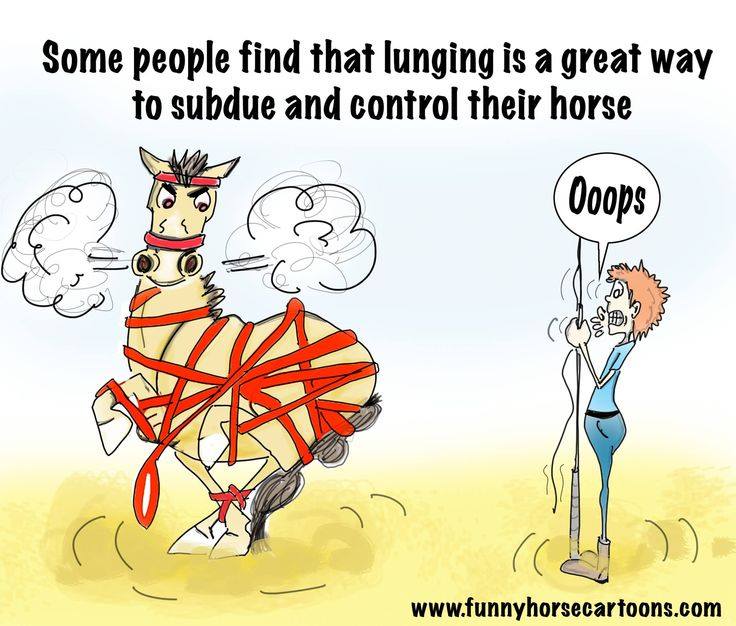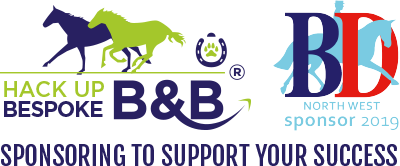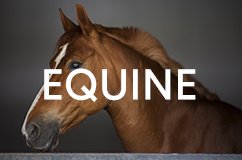

Snatching at the contact / thrashing head up and down.
Alex's Dressage Tips
Snatching at the contact / thrashing head up and down.
I can’t pretend we like seeing this because we don’t. It’s a resistance that breaks the fluency of the test and destroys the contact. It pulls your marks down not only in the movements where we see it but also in the submission part of the collectives. As this usually goes hand in hand with tightening of the back, then this form of resistance will probably hit the impulsion mark too.
Other than the usual checks – teeth, bit, back, saddle etc, you should strengthen/develop the topline of your horse to enable him to carry himself and work more comfortably in a round outline. This is especially helpful when dealing with ex-race horses (TBs) as their body shape is not naturally as ‘round’ as horses bred for dressage, but more slender and ‘built for speed’.
This can be encouraged noticeably by working him without you on top, via lunging or otherwise, long and low, and to a contact. There are numerous balancing reins, side reins and contraptions that claim to be better than each other!! Back when I was full time eventing in the 90s, side reins did the job very well for me, but best you speak to your trainer to advise you on what’s best for yours, as they’re all different.
A stronger and more developed topline will give you a totally different feel when riding. Movements that he struggled with before will become easier to manage and the transitions more through and balanced. Rome wasn’t built in a day so don’t expect miracles, but over a period of weeks rather than months you should achieve more consistency in your schooling.
Be sure to be safe when lunging – don’t get tied up!!!













